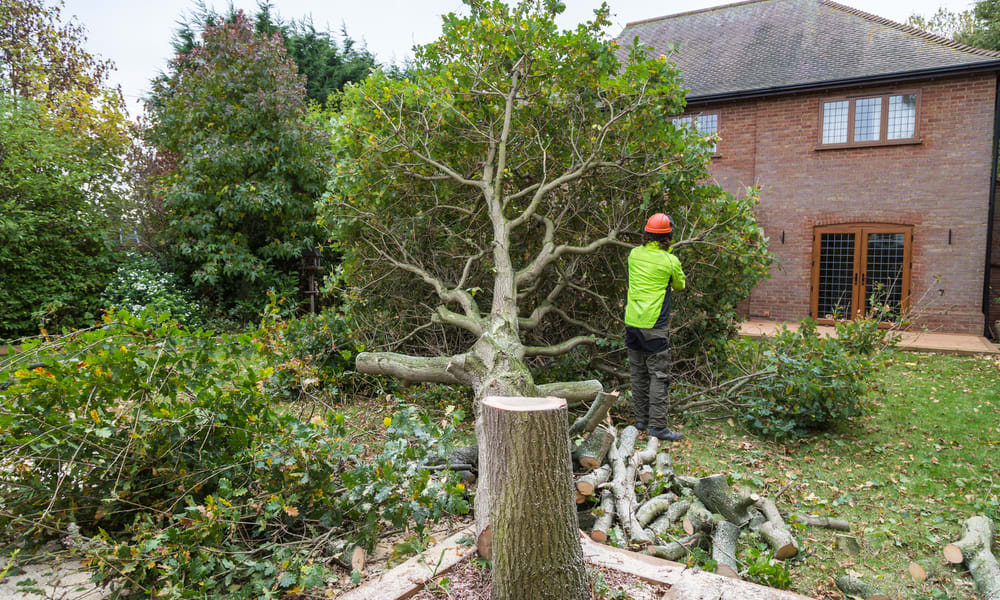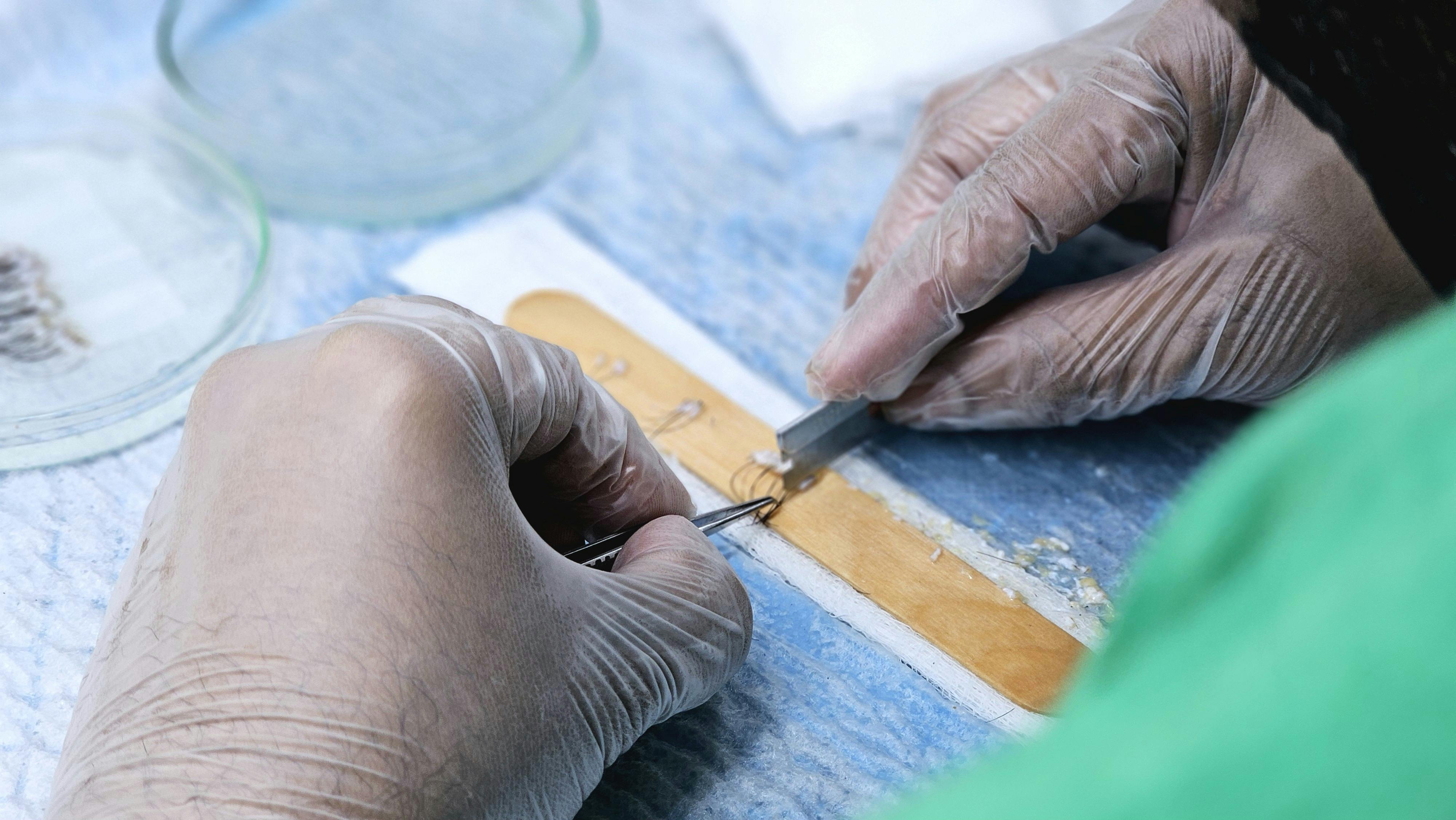What You Need to Know About Tree Pruning Services in 2025
Tree pruning remains an essential aspect of property maintenance that significantly impacts both the health of your trees and the overall aesthetic appeal of your landscape. As we navigate through 2025, understanding the evolving practices, industry standards, and key considerations for selecting quality tree care services has become increasingly important for property owners seeking professional arboricultural expertise.

Learn the Key Practices and Trends in Tree Pruning This Year
The tree care industry has witnessed notable advancements in pruning techniques and equipment throughout 2025. Professional arborists now emphasize selective pruning methods that prioritize long-term tree health over immediate aesthetic results. Modern practices focus on crown thinning, deadwood removal, and structural pruning that follows the natural growth patterns of different tree species.
Current trends include the increased use of precision cutting tools that minimize wound size and promote faster healing. Many certified arborists have adopted advanced rope and rigging systems that allow for safer removal of large branches while protecting surrounding vegetation and structures. Additionally, there’s been a shift toward seasonal timing optimization, with professionals scheduling pruning activities based on specific tree species’ biological cycles rather than following generic seasonal guidelines.
Digital assessment tools have also gained popularity, enabling arborists to document tree conditions more accurately and provide detailed reports to property owners. These technological improvements help ensure that pruning decisions are based on scientific evidence rather than purely visual assessments.
Important Factors to Keep in Mind for Quality Pruning Services
When evaluating tree pruning services, several critical factors distinguish professional operations from less qualified providers. Certification remains paramount, with reputable arborists typically holding credentials from organizations such as the International Society of Arboriculture (ISA) or Tree Care Industry Association (TCIA).
Insurance coverage represents another crucial consideration, as tree work involves significant risks to both workers and property. Quality service providers maintain comprehensive liability insurance and workers’ compensation coverage, protecting clients from potential financial exposure during pruning operations.
Equipment condition and maintenance standards often reflect a company’s overall professionalism. Well-maintained chainsaws, pruning shears, and safety equipment indicate attention to detail that typically extends to actual tree care practices. Additionally, proper disposal methods for removed branches and debris demonstrate environmental responsibility and complete service delivery.
Understand the Basics and What Makes a Reliable Tree Pruning Service
Reliable tree pruning services distinguish themselves through systematic approaches to tree assessment and care planning. Professional arborists begin with comprehensive evaluations that consider tree species, age, health conditions, and environmental factors before recommending specific pruning strategies.
Communication quality serves as another indicator of service reliability. Reputable providers explain their recommendations clearly, provide written estimates detailing specific work to be performed, and maintain transparent pricing structures. They also offer realistic timelines and honor scheduling commitments consistently.
Follow-up services and ongoing maintenance recommendations demonstrate long-term commitment to tree health rather than one-time transaction approaches. Quality providers often establish maintenance schedules and provide guidance for ongoing tree care between professional interventions.
Tree pruning service costs vary significantly based on multiple factors including tree size, complexity of work required, and regional market conditions. Understanding typical pricing structures helps property owners budget appropriately and identify unusually high or suspiciously low quotes that may indicate service quality issues.
| Service Type | Typical Cost Range | Key Factors Affecting Price |
|---|---|---|
| Small Tree Pruning (under 25 feet) | $150 - $400 per tree | Species complexity, branch density |
| Medium Tree Pruning (25-50 feet) | $400 - $800 per tree | Access difficulty, equipment requirements |
| Large Tree Pruning (over 50 feet) | $800 - $1,500 per tree | Safety considerations, specialized equipment |
| Emergency Storm Damage | $500 - $2,000+ per incident | Urgency, hazard level, cleanup requirements |
Prices, rates, or cost estimates mentioned in this article are based on the latest available information but may change over time. Independent research is advised before making financial decisions.
Regional variations in pricing reflect local labor costs, competition levels, and seasonal demand fluctuations. Urban areas typically command higher rates due to increased operational costs and specialized equipment requirements for working around structures and utilities. Rural locations may offer more competitive pricing but could have limited provider options.
Many professional services offer package deals for multiple trees or annual maintenance contracts that provide cost savings compared to individual service calls. However, property owners should carefully evaluate package offerings to ensure they align with actual tree care needs rather than unnecessary services.
Property owners seeking tree pruning services in 2025 benefit from increased industry professionalization and improved service standards. By focusing on certified providers, understanding current best practices, and maintaining realistic cost expectations, you can ensure your trees receive appropriate care that enhances both their health and your property’s value. Remember that quality tree care represents a long-term investment in your landscape’s sustainability and safety.




